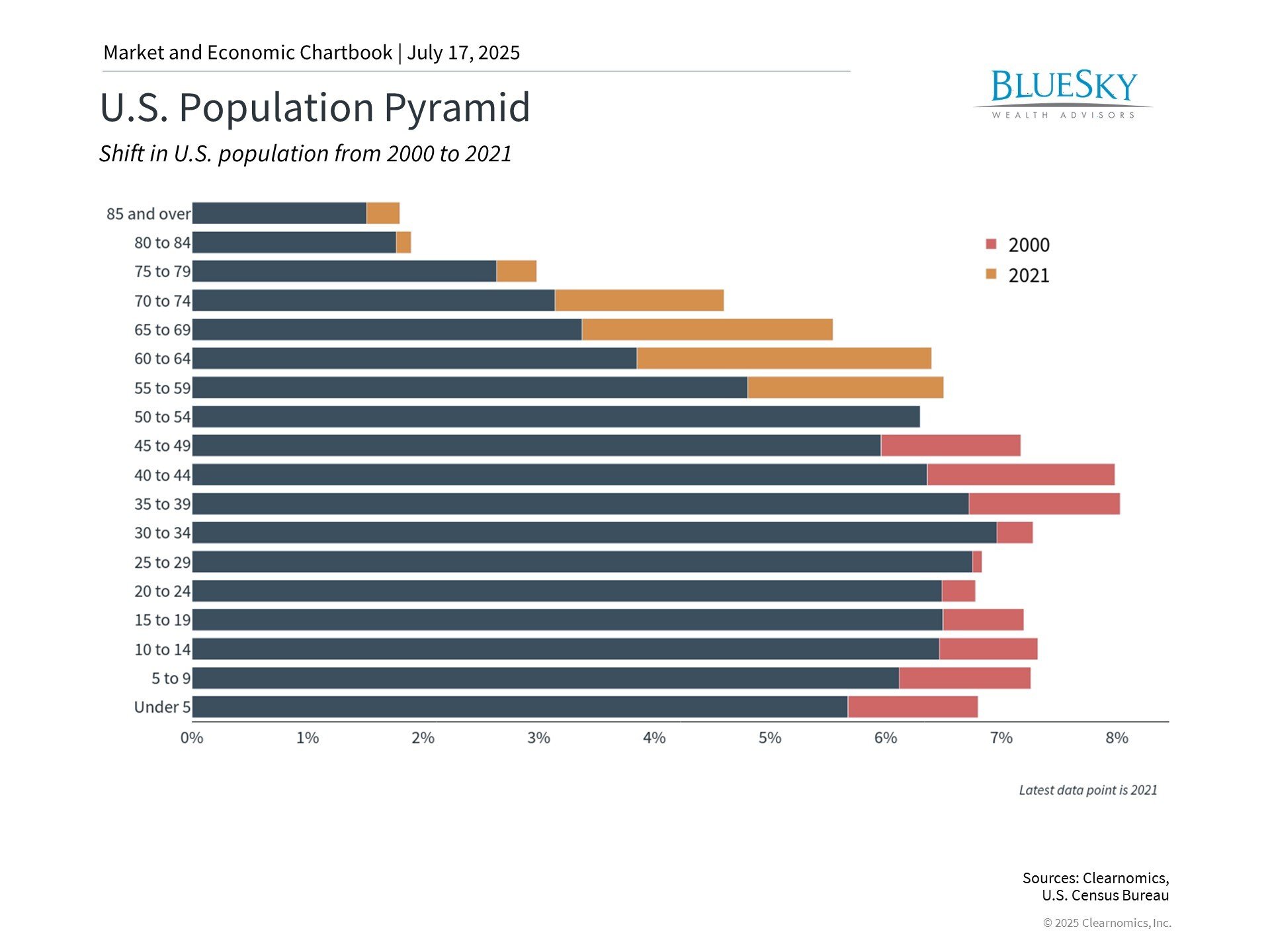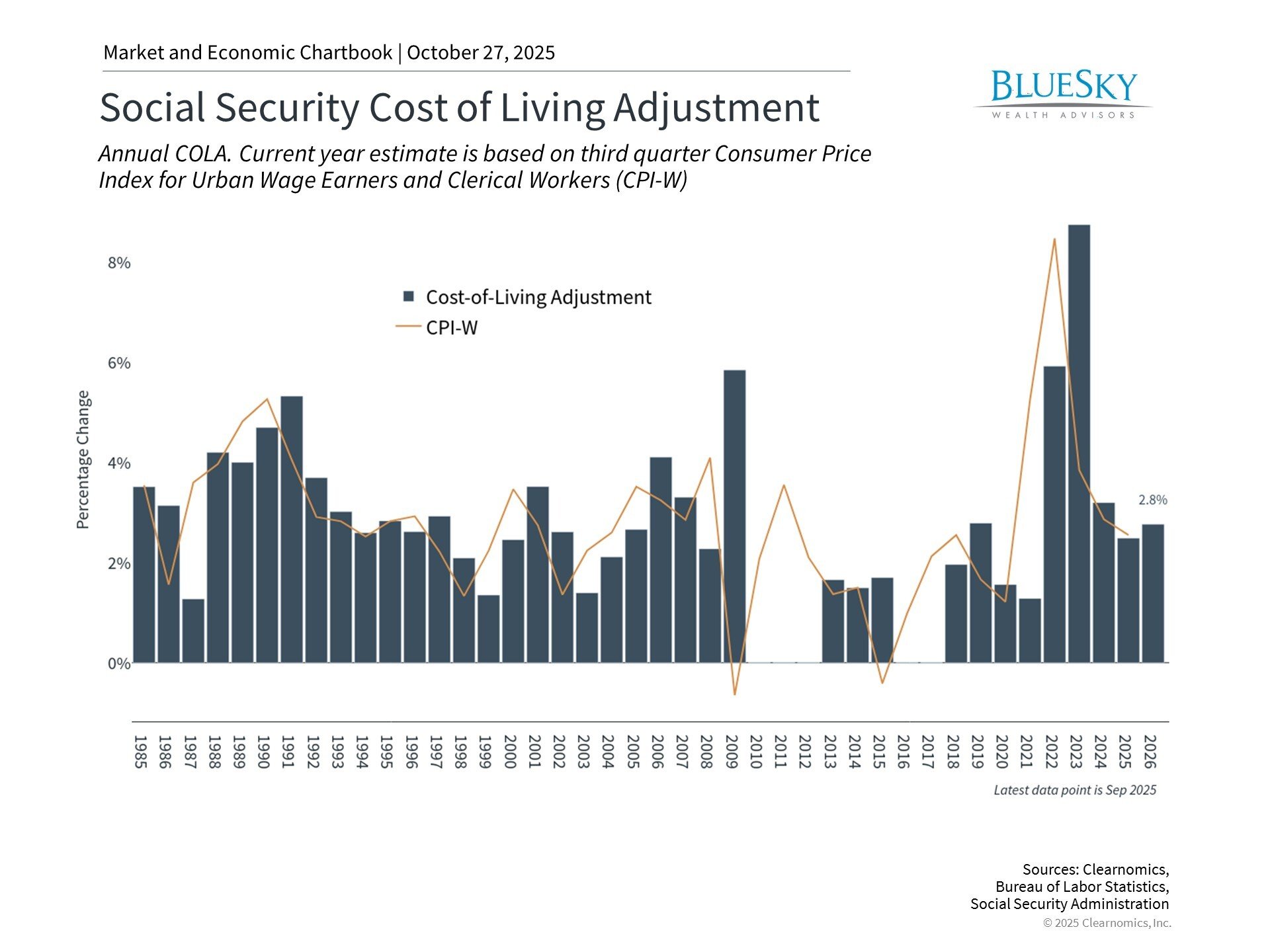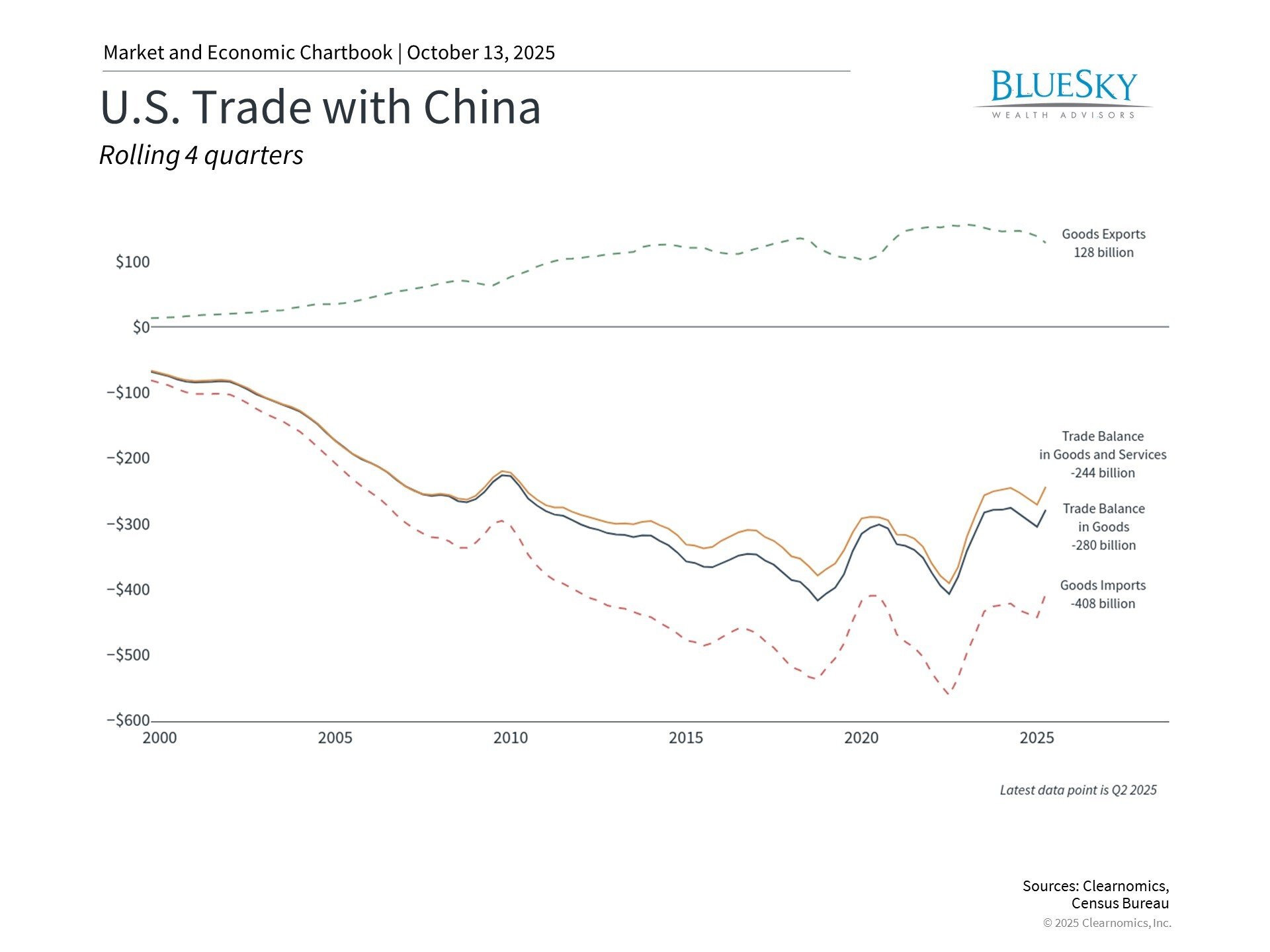
Understanding Social Security's Impact on Retirement Strategy
Understanding Social Security's Impact on Retirement Strategy

For nearly nine decades, Social Security has served as a cornerstone retirement program, supporting millions of Americans as they transition from their working years. However, demographic shifts and an aging population have raised questions about the program's long-term sustainability. While Social Security remains a vital component of retirement income, today's financial landscape demands a comprehensive approach to retirement planning that extends well beyond government benefits.
Regardless of whether retirement is approaching soon or remains years away, gaining insight into Social Security's role within your broader financial strategy is essential. Understanding the program's background, current obstacles, and available planning approaches will help you make informed decisions about your financial future.
Social Security's historical foundation

Created in 1935 under President Franklin D. Roosevelt's administration during the Great Depression, Social Security originated as a protective measure for America's elderly population. From its humble beginnings providing basic benefits to a limited group, the program has grown into an extensive system supporting retirees, disabled individuals, and their dependents. Currently, Social Security benefits constitute a substantial portion of retirement income for countless Americans.
What obstacles does Social Security face in today's environment? The program functions mainly through a pay-as-you-go structure, meaning current workers' payroll contributions fund today's benefit recipients. Put simply, the contributions you make don't accumulate for your future benefits but instead support current retirees' monthly payments.
This approach functioned effectively when worker-to-beneficiary ratios remained favorable throughout most of the 20th century. Nevertheless, changing demographics have resulted in fewer active workers supporting the system while more individuals claim retirement benefits. The statistics tell the story: in 1940, 42 workers supported each retiree, but today that figure has dropped to approximately 2.8 workers per beneficiary, with projections showing continued decline as aging accelerates and birth rates remain low.
Various forecasts have attempted to predict when Social Security trust funds might face depletion. According to the most recent Social Security Board of Trustees report, reserves should last until 2034, at which point benefit reductions would become necessary. Even then, continuing payroll contributions would still finance roughly 78% of promised benefits. Though specific timelines may vary, the core issue persists: absent significant reforms, the trust funds may struggle to maintain full benefit payments over the long term.
Increased longevity benefits individuals but strains Social Security funding

The nation's debt burden, approaching $37 trillion alongside ongoing budget deficits, compounds concerns about program sustainability. Despite Social Security's "mandatory" classification, mounting pressure to reduce government expenditures creates uncertainty regarding potential congressional modifications to these programs.
Given the intense political debate surrounding potential solutions, achieving a near-term Social Security fix appears unlikely. Proposed remedies include adjusting retirement age requirements, expanding the taxable wage ceiling, and enhancing fraud prevention measures. Regrettably, few comprehensive long-term approaches exist to permanently resolve Social Security's challenges.
Examining other developed countries facing similar demographic pressures offers valuable insights. Several European nations, including France and the UK, have raised retirement ages to alleviate system strain. Australia has implemented a different strategy through "means-testing," which limits benefits to retirees meeting specific asset and income criteria.
Although the 2034 depletion timeline remains several years ahead, the urgency for solutions will continue mounting. While complete benefit elimination seems highly improbable, Social Security's ongoing funding difficulties will likely necessitate program adjustments.
Retirement Planning Considerations and Strategies
Focusing on individual actions, thoughtful planning becomes essential for maintaining retirement progress amid Social Security uncertainty. Optimal decisions depend on your comprehensive financial situation, objectives, tax circumstances, and additional factors.
Consider these key elements:
- Benefits Timing Decisions
Retirement benefits become available at age 62, though early claiming reduces monthly payments. Alternatively, postponing benefits until age 70 can boost monthly payments by roughly 8% annually beyond full retirement age (66-67, based on birth year), per Social Security Administration guidelines.
Breakeven calculations help evaluate whether delaying proves beneficial. Typically, individuals living past their early 80s receive higher lifetime payments by delaying benefits. However, this assessment shifts when considering time value of money or opportunity costs. - Income Bridge Approaches
The benefit of delaying largely depends on income sources during the waiting period. Some retirees utilize portfolio distributions as a "bridge" toward enhanced Social Security payments later. This approach proves especially valuable for married couples, where maximizing the higher earner's benefit establishes a larger survivor benefit. - Tax Planning Considerations
As much as 85% of Social Security benefits may face taxation, based on combined income levels. Future tax legislation could potentially raise this percentage. Strategic distribution planning with professional guidance can help reduce the tax burden on your benefits. - Cautious Planning Assumptions
Individuals earlier in their careers possess more time for retirement preparation and greater flexibility to accommodate Social Security uncertainty. Therefore, younger professionals might consider developing retirement plans that minimize Social Security dependence. This approach doesn't mean completely disregarding it, but rather viewing potential benefits as supplementary to personal savings instead of foundational support. - Policy Development Monitoring
Legislative changes will probably emerge before trust fund depletion occurs. Remaining current on proposed reforms enables you to modify your planning strategy appropriately. Potential modifications include additional full retirement age increases, benefit formula adjustments, or payroll tax cap changes. - Tax-Advantaged Account Optimization
Given Social Security's uncertain outlook, maximizing 401(k), IRA, and HSA contributions gains heightened importance. These vehicles offer tax benefits that can help offset potentially diminished government benefits.
Social Security's Future Demands Thoughtful Preparation
While legitimate concerns exist, maintaining proper perspective remains crucial. Social Security has navigated funding challenges previously, and political motivation to preserve the program continues strongly.
The sensible approach involves neither complete reliance on nor total dismissal of Social Security's retirement planning role. Instead, investors should acknowledge the program's significance while viewing it as just one element of a well-rounded retirement approach.
The bottom line? Comprehending Social Security's challenges enables you to construct a more robust retirement plan, regardless of your current age or professional phase.
BlueSky Disclosures
Copyright (c) 2025 Clearnomics, Inc. All rights reserved. The information contained herein has been obtained from sources believed to be reliable, but is not necessarily complete and its accuracy cannot be guaranteed. No representation or warranty, express or implied, is made as to the fairness, accuracy, completeness, or correctness of the information and opinions contained herein. The views and the other information provided are subject to change without notice. All reports posted on or via www.clearnomics.com or any affiliated websites, applications, or services are issued without regard to the specific investment objectives, financial situation, or particular needs of any specific recipient and are not to be construed as a solicitation or an offer to buy or sell any securities or related financial instruments. Past performance is not necessarily a guide to future results. Company fundamentals and earnings may be mentioned occasionally, but should not be construed as a recommendation to buy, sell, or hold the company's stock. Predictions, forecasts, and estimates for any and all markets should not be construed as recommendations to buy, sell, or hold any security--including mutual funds, futures contracts, and exchange traded funds, or any similar instruments. The text, images, and other materials contained or displayed in this report are proprietary to Clearnomics, Inc. and constitute valuable intellectual property. All unauthorized reproduction or other use of material from Clearnomics, Inc. shall be deemed willful infringement(s) of this copyright and other proprietary and intellectual property rights, including but not limited to, rights of privacy. Clearnomics, Inc. expressly reserves all rights in connection with its intellectual property, including without limitation the right to block the transfer of its products and services and/or to track usage thereof, through electronic tracking technology, and all other lawful means, now known or hereafter devised. Clearnomics, Inc. reserves the right, without further notice, to pursue to the fullest extent allowed by the law any and all criminal and civil remedies for the violation of its rights.





